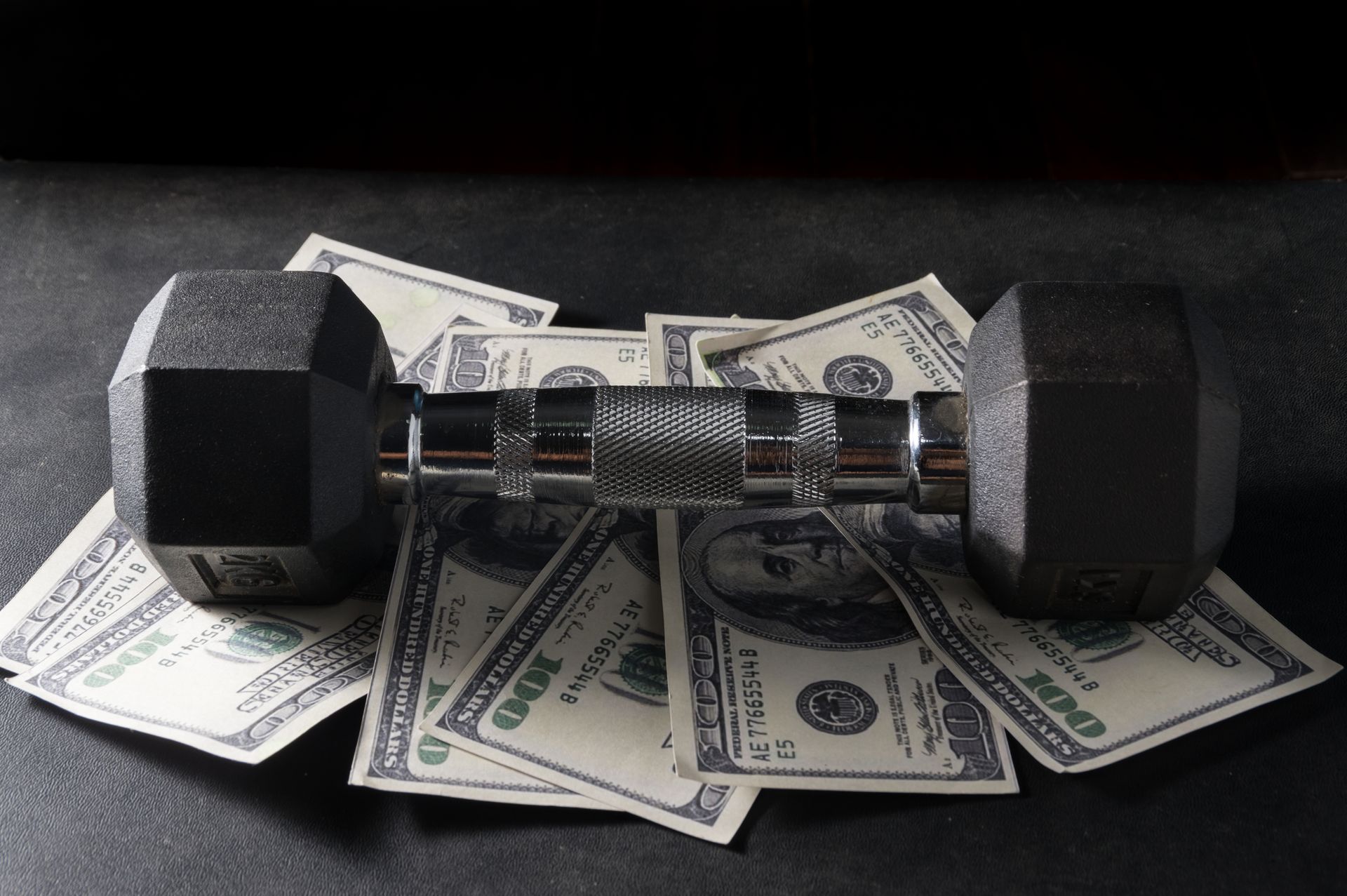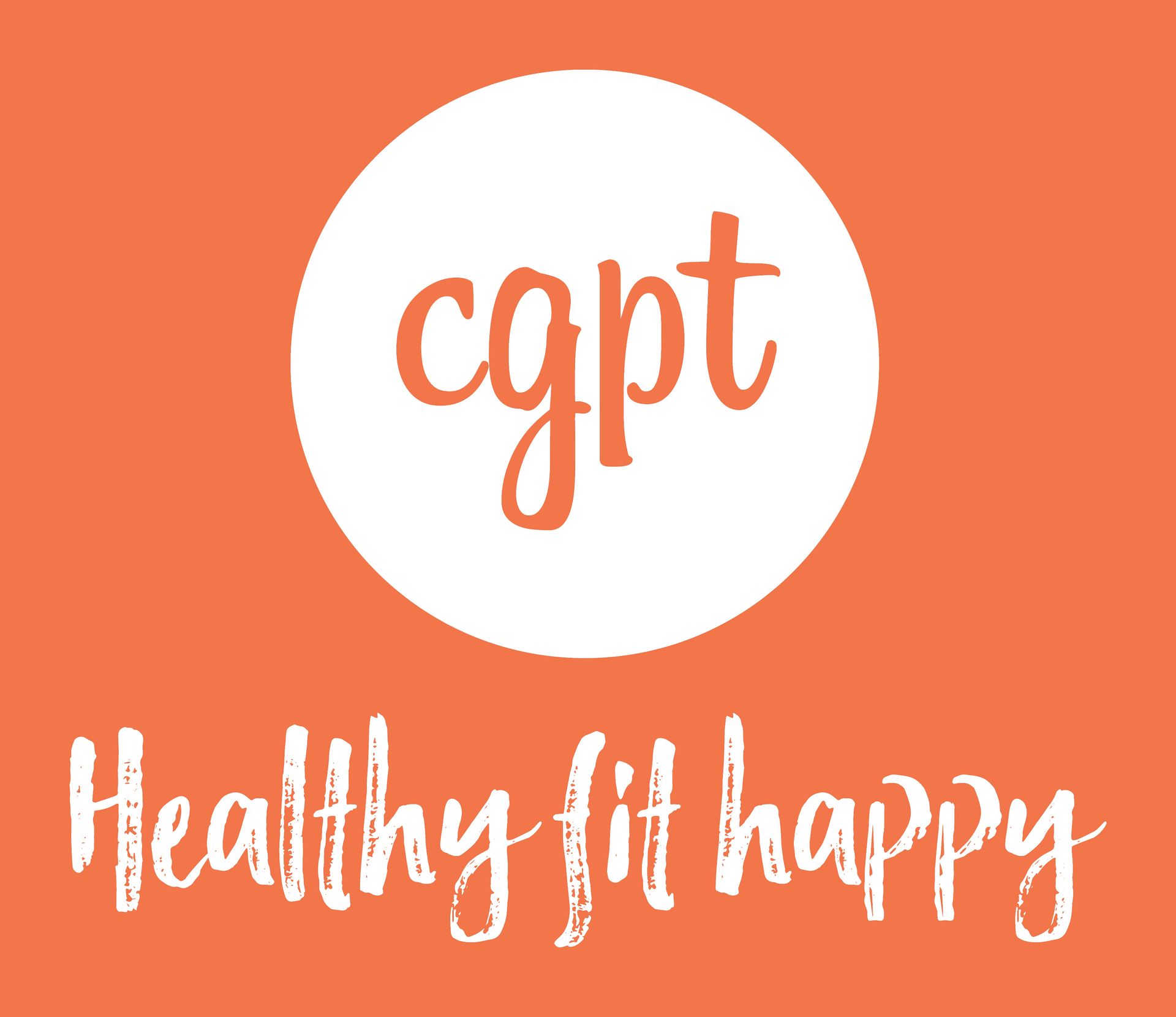CGPT Owner & Trainer: Andrea Baylis
Meet Andrea: Owner and Personal Trainer at Chris’ Gym
Andrea isn’t just the owner of Chris’ Gym; she’s also a personal trainer with a deep commitment to helping clients achieve their best. Her journey to fitness didn’t follow a typical path, and her approach to training reflects her rich background and her dedication to seeing her clients succeed. Known for her empathetic nature, strength-focused workouts, and unique ability to read people, Andrea has created a space where clients feel supported and motivated to push their limits. Here’s a closer look at Andrea’s story, her training style, and the impact she’s had on countless lives at Chris’ Gym.
From Remote Work to Hands-On Coaching
Andrea’s journey to becoming a personal trainer started with a career far removed from fitness. After moving to Melbourne in 2008 and working remotely, she felt a disconnect. “I realised I needed to be in a role where I could make a small difference in people’s lives,” Andrea recalls. She had always been able to read people well, and her empathetic nature drew her toward a career where she could work hands-on with clients, helping them navigate life’s physical and emotional challenges. Personal training became the perfect fit, allowing Andrea to combine her passion for fitness with her desire to support others.
Since then, Andrea has grown Chris’ Gym into a welcoming, results-driven community. Her approach is holistic; she understands that physical health is closely tied to mental well-being, and her sessions reflect that understanding. Her focus is not only on helping clients meet their fitness goals but also on empowering them to feel confident and strong.
Watching Clients Grow Through Life’s Stages
For Andrea, the most rewarding part of her career has been watching clients progress through different stages of life. “I’ve had the privilege of supporting clients from before relationships, through pregnancies, and beyond,” she shares. Andrea’s role extends beyond the gym; she’s there to help clients stay healthy and balanced through life’s major transitions. “It’s incredibly rewarding to be part of that journey and to help them stay grounded and strong.”
Andrea takes great pride in helping clients, especially women, discover their strength. Her favourite transformations are those where clients exceed their own expectations. “I’ve seen so many women who doubted their ability to do a push-up or thought they’d never be strong enough to lift weights smash their goals and go beyond what they thought possible,” Andrea says. Witnessing these breakthroughs keeps her inspired and passionate about her work.
Smart, Balanced, and Personalised Training Style
Andrea describes her training style as “Balanced, Smart, and Personalised.” She doesn’t believe in a one-size-fits-all approach. Instead, Andrea takes the time to understand each client’s unique needs and goals. Her ability to read people allows her to tailor her programs to fit not only their physical goals but also their emotional and mental state. “Sometimes, due to life stresses, a program needs to be adapted,” Andrea explains. This flexibility ensures her clients stay motivated and feel supported, even during challenging times.
Andrea’s sessions are designed to be challenging yet achievable, with a strong emphasis on balance and smart programming. She empowers clients by creating workouts that feel tailored to their needs, helping them make steady progress without feeling overwhelmed. Andrea’s clients know that she’s always there to guide them, whether they’re pushing through a tough workout or adjusting to life’s demands.
The Power of Strength Training for Women
One of Andrea’s favourite workouts to teach is upper body strength training, particularly for women. “Upper body strength is so empowering for women once they get over the idea that they can’t do it,” Andrea shares. Many women come into the gym with misconceptions about what they’re capable of, but Andrea’s encouragement and expertise help them break through those mental barriers.
Andrea believes that strength training isn’t just about physical benefits; it’s about building confidence and resilience. By helping women tap into their inner strength, she shows them that they are capable of more than they ever thought possible. This empowerment goes beyond the gym, giving her clients a sense of confidence that carries into all areas of their lives.
Finding Each Client’s “Why”
Andrea’s success as a trainer comes from her dedication to understanding each client’s personal motivation. “It’s important to work out each client’s ‘why’ and then work with them on it,” she explains. By connecting with clients on a personal level, Andrea ensures they feel truly invested in their fitness journey. She believes that finding that deeper motivation helps clients stay committed, even when challenges arise.
Andrea’s empathetic approach creates a supportive environment where clients feel comfortable sharing their goals, fears, and dreams. Her clients know that Andrea is there to support them every step of the way, and that sense of partnership makes a significant difference in their success.
The Secret Ingredient: Sleep
One piece of advice Andrea gives to every client is the importance of quality sleep. “Sleep is the secret sauce to weight loss and recovery,” she says. Andrea emphasises that it’s not just about the quantity of sleep but the quality. Many people underestimate the role that rest plays in their fitness progress, and Andrea makes sure her clients understand that without proper recovery, they won’t reach their full potential.
Andrea’s holistic approach means she looks at every aspect of a client’s lifestyle, including sleep, stress, and nutrition, to ensure they’re on the right path. By educating clients about the importance of rest, she helps them make sustainable changes that support their overall health and fitness goals.
Andrea’s Life Outside the Gym
When Andrea isn’t training clients, she stays active herself, working out four to five times a week. “People think I’m crazy, but I find that nothing is ever as bad after a workout,” she says. For Andrea, fitness is a way to relieve stress and recharge. She’s also a fan of long walks while listening to true crime podcasts and occasionally hops on a spin bike, drawing from her past experience as a cyclist.
One of Andrea’s hidden talents is her love for wine collecting. She holds a wine certification from New Zealand and has built an impressive collection over the years. Though she doesn’t drink much of it, Andrea finds joy in curating her collection - a unique hobby that has surprised many of her clients over the years. She’s also an avid reader and enjoys diving into a good book whenever she has time.
Join Andrea at Chris’ Gym
Andrea’s dedication to her clients and her holistic approach to fitness make her a unique and inspiring trainer. As the owner of Chris’ Gym, she’s built a space where people of all fitness levels feel welcome, supported, and motivated to reach their goals. With a focus on personalised training, a passion for empowering women through strength, and a genuine commitment to her clients’ well-being, Andrea brings out the best in everyone who walks through the doors.
Ready to take the next step in your fitness journey? Join Andrea at Chris’ Gym and discover a training experience that’s smart, balanced, and tailored just for you. Whether you’re looking to build strength, improve your health, or find a supportive fitness community, Andrea and the team at Chris’ Gym are here to help you succeed.




